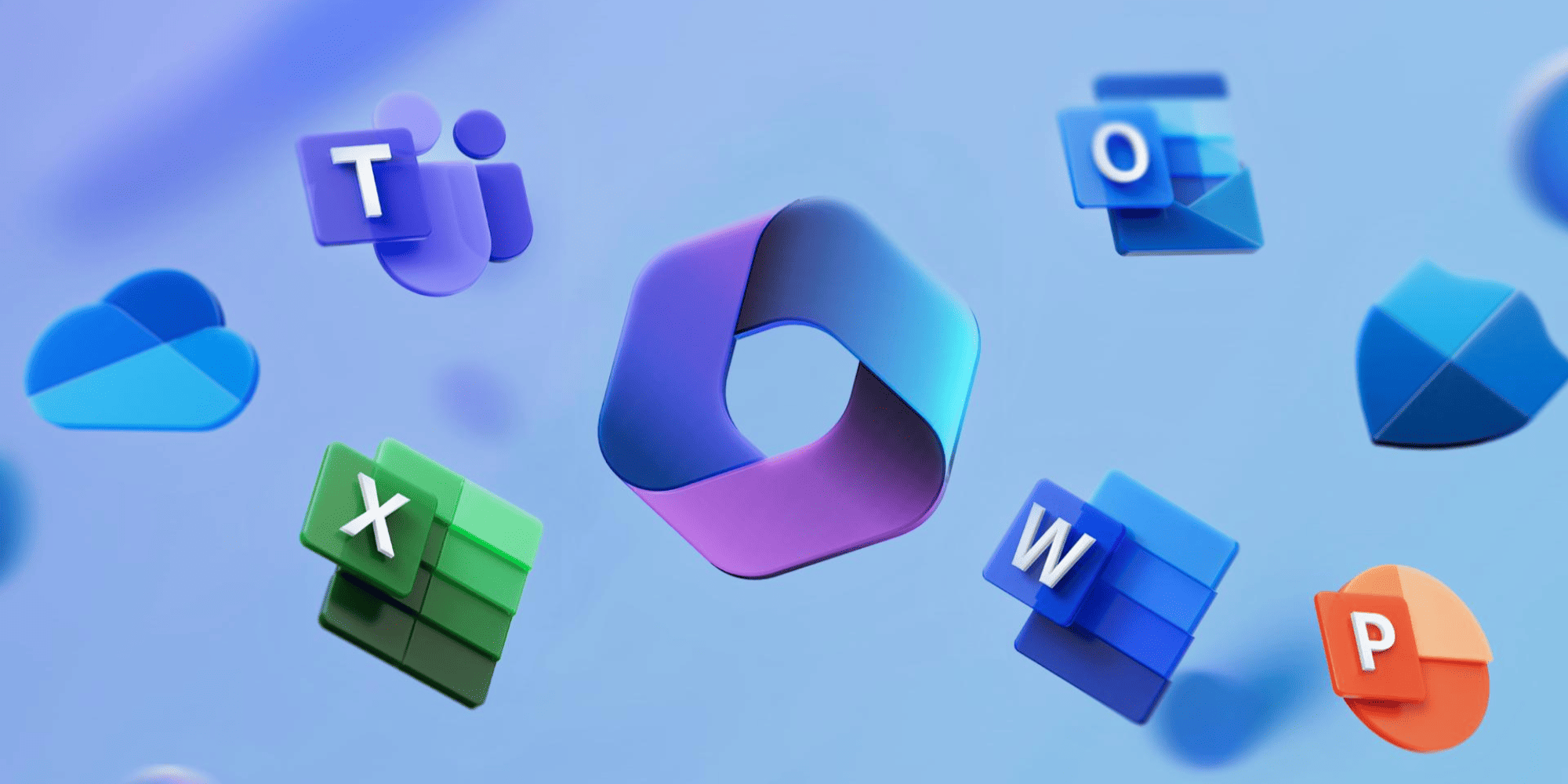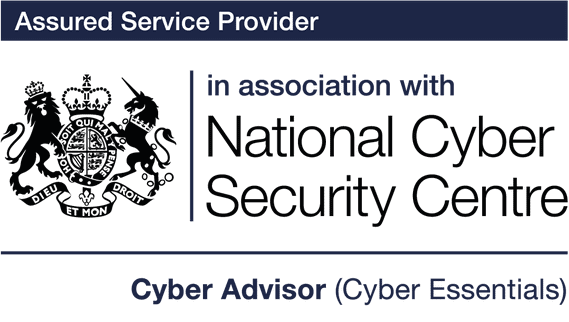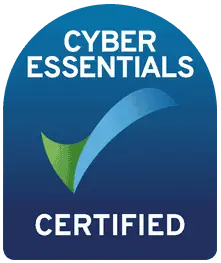5 Tips for Implementing Microsoft Teams
Microsoft Teams is a lot of things. It’s a video conferencing tool, a messenger, a social network and a tool for in-app co-authoring – just to name a few.
Like a lot of technology, the popularity of Teams skyrocketed during the pandemic. User numbers for MS Teams jumped from 20 million in November 2019 to 75 million in April 2020. As of this year, Microsoft reports a user count of 270 million, making it the most popular business tool for team communications by a long shot.
The complexity of Microsoft Teams is the reason it’s so popular, but it can also make it difficult to set up. To use all of Teams’ features effectively, they need to be well organised and users need to have a chance to learn the system and train on best practices.

What Can Microsoft Teams Do?
Let’s start by taking a look at the different things Microsoft Teams can do, then we’ll give you a simple setup checklist to help your team get up and running productively.
Think of Teams as a virtual office in the cloud. It’s a centralised hub where teams can communicate, collaborate and manage tasks. There is also an external communication component to Teams, that you can use to video call people outside of your organisation and invite guests to a chat or channel.
As well as these features we all know well, there are a few other things Teams can do that you may not be so familiar with, such as:
- Siloed chat channels
- Security or team communications
- Integration with Microsoft 365 apps
- Integration with 3rd party apps
- File sharing
- Video and audio conferencing
- VoIP phone system (with an extra add-on)
- Keep all team resources in a single place
Some good news for small businesses is that there is a free version of Microsoft Teams. If you sign up for a Microsoft 365 business plan, you get the app included, but with a few more features.
Microsoft has also been pushing MS Teams for personal use. So, you can use it to keep your departments better coordinated at work. Or to manage family video calls or PTA meeting collaboration. It’s a versatile and scalable virtual office platform.
Easy Checklist for Setting Up Microsoft Teams

1. Set up your Teams / Departments
One of the advantages of Teams is that it allows you to set up specific areas for your groups to collaborate. You do not want everyone to set these teams up on their own, or you could end up with a bit of a mess.
Some ideas for setting these up:
- Set up teams by department (marketing, accounting, etc.)
- Add a company-wide team (where everyone can collaborate and communicate)
- Set up teams by role (managers, executives, directors)
Typically, if you mirror the hierarchy of your organisation, that’s a great place to start. Team areas are secured so only those users invited can see or access any of the content in that team.

2. Add Team Members
For each team, add the members allowed to take part in that team. These would be people that can see the resources in that team area.

3. Set Up Team Channels
The level beneath Team is the Channels. These team channels help organise conversations. For example, within a team set up for your marketing department, you could have channels such as ‘website management’, ‘social media’ and ‘advertising’. This helps keep things organised and ensures conversations are kept relevant and resources are easy to find.
Again, make sure you control the creation of these channels, otherwise things can get messy and disorganised.

4. Set Up Team Tabs
Tabs are a great way to foster productivity and get easy access to important or frequently used documents, websites, or tools. You just click the plus sign at the top of the team channels to add a new tab and paste in the resource link.
For example, the accounting team may need access to a tax reporting website that they frequently use, or perhaps the marketing team want quick links to the company social media accounts. Adding tabs for these links is a helpful way to make sure everything of importance is in one localised spot. This is especially handy when someone is filling in for a co-worker or has just started a new role.

5. Schedule MS Teams Training
One reason that company initiatives fall flat, or new systems and software fail to integrate into the business, is that users aren’t properly trained on how to use them. If users aren’t taught how to use Microsoft Teams correctly, they’ll most likely revert back to using previous methods. If you don’t have everyone on board, the purpose is defeated.
You can work with a Microsoft professional to train your team on any new software or systems. They’ll provide tips on the most productive features and help your users get the most from the technology. Set a realistic and achievable time frame and make sure to gather feedback from your users on whether they feel they need more training.


















